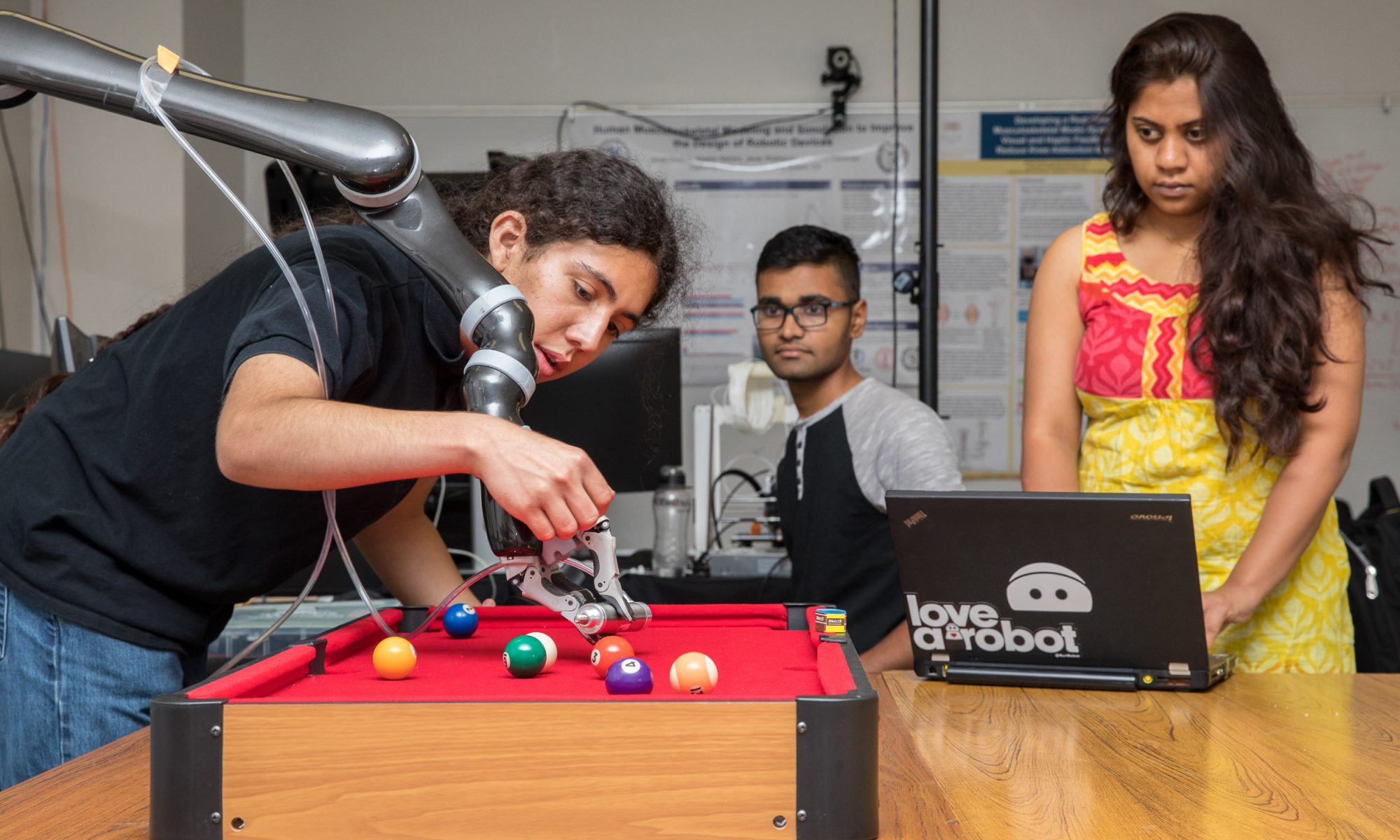
Mobile device use is exploding. With the rise of the Internet of Things, today’s 5 billion connected devices could increase tenfold by 2020, according to Cisco’s Visual Networking Index.
Information and communication technologies are already responsible for up to 4 percent of the carbon footprint. That amounts to one-quarter of what vehicles produce and the equivalent of what air travel produces.
The mobile growth projections raise two questions, said University of California Irvine Professor Ender Ayanoglu, keynote speaker at the IEEE Green Energy and Smart Systems Conference at the Pointe Monday.
“First, do we have 10 times more energy to give to the Internet of Things? It’s an order of magnitude increase compared to today,” said Ayanoglu, an IEEE Fellow and founding Editor in Chief of IEEE Transactions on Green Communications and Networking. Secondly, “increased energy consumption in wireless networks contributes to the growth of greenhouse gases.”
Networks, in particular radio base stations, are the big energy hogs. “Handsets’ energy expenditures are peanuts,” said Ayanoglu. “The network is consuming energy in a major way.”
When cellular networks were developed in the 1960s, they were designed to let people make calls from their car phones while in transit. But the majority of traffic over cellular networks these days is from people using their devices in stationary locations such as coffee houses or wireless hotspots.
That makes a two-tiered approach to reduce network energy consumption possible, optimizing traffic for those in motion and those who are stationary. Users in motion can be served by conventional cell towers, while users not moving can be served by the underlying cellular network.
High throughput makes base stations operate inefficiently. Transceiver idling alone accounts for 19 percent of energy use. And traffic varies by time of day and day of week.
In order to operate more efficiently, base stations would need to be redesigned, said Ayanoglu, who worked for AT&T Bell Labs, Lucent Technologies, and Cisco before joining UCI’s Department of Electrical Engineering and Computer Science in 2002. He served as Director of the Center for Pervasive Communications and Computing and held the Conexant-Broadcom Endowed Chair at UCI from 2002 until 2010.
Some possible solutions for increasing efficiency are adding a sleep mode to base stations, shutting them down completely,reducing the number of operating channels, or shutting down types of services.
“Unless there are major advances, it’s going to get worse,” he said. “The amount of energy consumed is enormous.”
Ayanoglu was one of dozens of researchers speaking at the two-day IGESSC, which has been held at California State University Long Beach for the past nine years. Ayanoglu’s past accomplishments include invention of the 56K modem, characterization of wavelength conversion gain in Wavelength Division Multiplexed (WDM) systems, and diversity coding.

